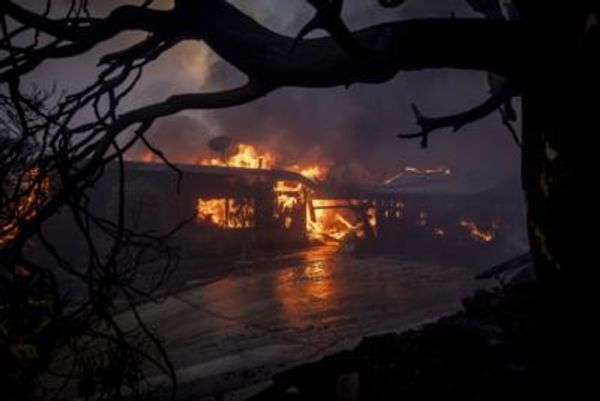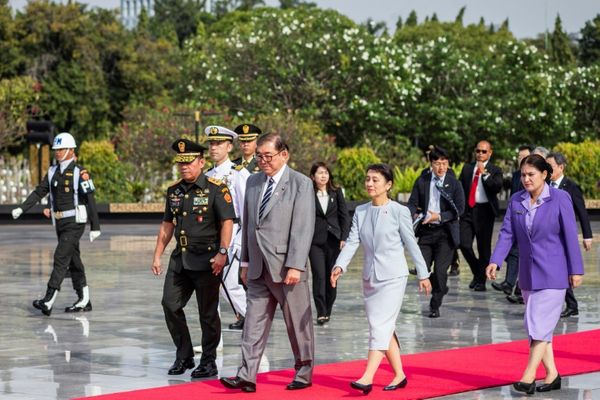
All new cars
Starting from scratch with this year’s models, the sweeping changes in regulations are based on an attempt to shift a significant amount of downforce generation from aerodynamic parts to the floor of the car, through the use of ground effect. The intent is to push the wash of dirty air upwards, away from following cars so they can better close on one another. Intriguingly, the interpretation of the rules has varied across the paddock, not least with Mercedes’s radical sidepod design, already catching attention and potentially protests at its legality. Some will have got it right, but for those who have chosen the wrong path a long season of furious catch-up awaits.
Optimism for overtaking
The main purpose of these new designs and the exhaustive work Formula One put in over four years into drafting the rules is to improve opportunities for overtaking. If they work, cars should be able to move up to make a pass, avoiding the loss of downforce that turbulent air creates, though their ability to slipstream will also have been diminished. Early signs from testing were that there was cautious optimism from the drivers and some scepticism from engineers but the success or otherwise (do not expect DRS to disappear any time soon) of F1’s efforts will not be truly seen until race day in Bahrain.

New-look rubber
Pirelli is bringing in an entirely new tyre this season, switching from the 13-inch wheels used in F1 for more than three decades. This year the cars feature 18-inch wheels, the wider diameter bringing them into line with road cars, and the tyres are larger but with a smaller sidewall. Once more, here the hope is they will flex less, increasing stability and reducing overheating when drivers attempt to overtake. Pirelli expects the degradation rate to fall as well – potentially reducing many races to one-stops – while in search of aerodynamic efficiency wheel covers will return for the first time since 2009.
Bearing the weight
Lap records look to be safe this season, with the new cars set to be the heaviest yet, moving from 752kg to 790kg, a factor of the bigger wheels and new stringent safety standards. The chassis strength requirements have been increased by almost 50%, making them able to absorb higher energy impacts from the front, rear and side. Also included in a swathe of new safety measures, the nose has been made longer after the investigation into Anthoine Hubert’s fatal F2 crash at Spa in 2019, while after Romain Grosjean’s horrific fiery accident at Bahrain in 2020, the power unit must be able to break away from the chassis without rupturing the fuel tank.
Return of the sprint
Sprint qualifying, trialled last year, returns but has been tweaked for the better. It will be held at three races, in Imola, Austria and Brazil, with qualifying on a Friday still deciding the sprint grid, but now the quickest driver in qualifying will be credited with having taken pole position. The 100km race on the Saturday will then decide the grid for Sunday’s GP but, rather than just last season’s top three, the top eight will be awarded points, from eight to one, with the intent of making it worthwhile for drivers genuinely to make a race of it on the Saturday.
Three-day weekends
If the cancelled Russian race is replaced as planned we will have 23 grands prix, the longest season yet, but as a result the race weekend has been shortened. Practice still takes place on a Friday but the two one-hour sessions will be held in the afternoon, with scrutineering and media work taking place on Friday morning. The aim is to reduce the burden on teams, with the potential of the calendar increasing to 25 races in the next two years, but its efficacy is already being questioned. Many teams say their crews will still have to be at circuits on Thursdays, as will many drivers to carry out sponsor commitments, while Friday is turning into a very long day indeed for engineers and mechanics.







